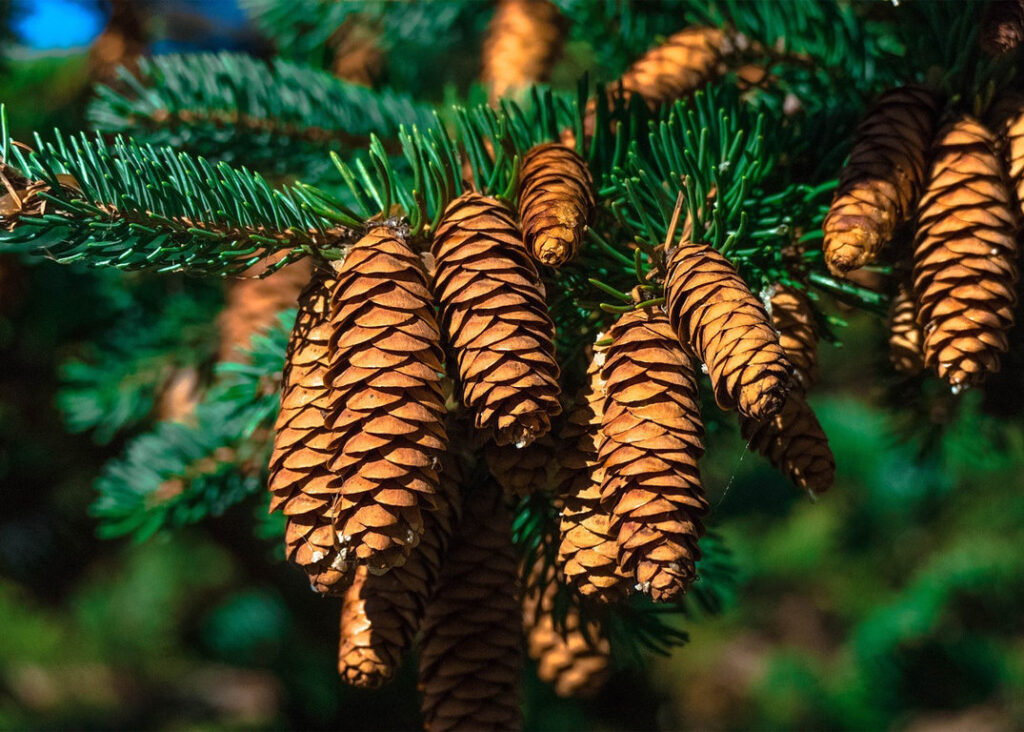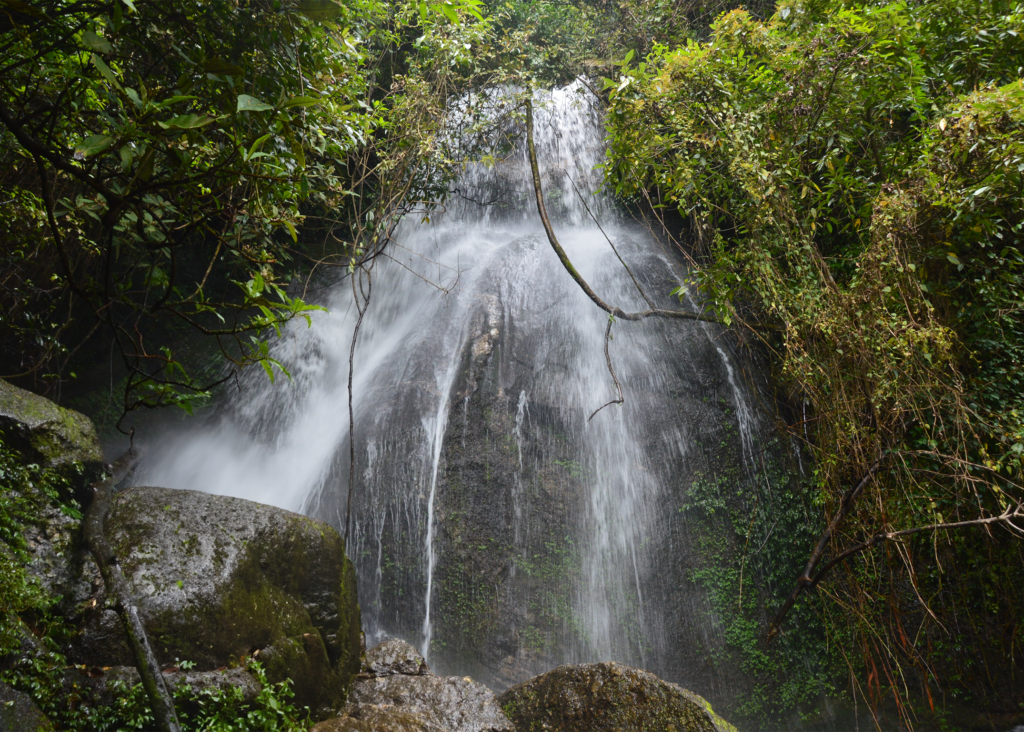If you are someone who loves nature and also looks for adventure alongside it, Shivapuri Nagarjun National Park is the best destination for you. It is a protected area away from the hectic chaos of Kathmandu city. Shivapuri Nagarjun National Park is home to 100s of flora and fauna and is a perfect spot for people who seek peace in nature. Along with a well-liked hiking path for both locals and visitors, the park has a few historical and religious sites.
Situated on the northern edge of the Kathmandu valley, Shivapuri Nagarjun National Park occupies 159 square kilometers and is around 12 kilometers away from the capital city. In 2002, the region was designated as the eighth national park in the nation. It was governed by the Shivapuri Watershed Development Board before being designated as a national park. Later, it was renamed the Shivapuri Watershed and Wildlife Reserve.
The region has long been a significant water catchment area, providing the Kathmandu Valley with hundreds of thousands of cubic meters of water per day. In 1976, the region was designated as a protected watershed and wildlife reserve. Later in 2002, it was gazetted as Shivapuri National Park, with an initial area of 144 km2 (56 sq mi). In 2009, the Nagarjun Forest Reserve expanded the area to cover 15 km2 (5.8 sq mi).
Details
- Name: Shivapuri Nagarjun National Park ( IUCN category: II)
- Type: National Park
- Established.: 2002
- Area (km2): 159.00
- Buffer Zone( km2) : 118.61
The climate of Shivapuri Nagarjun National Park
Situated in an area that transitions from subtropical to temperate climates is the park. Of the 1,400 mm (55 in) of precipitation that falls annually, 80% occurs during the monsoon months of May through September. The winter months see temperatures between 2 and 17 °C (36 and 63 °F), while the summer months see temperatures between 19 and 30 °C (66 and 86 °F).
Also Read: Things you don’t know about Khaptad National Park
The best time to visit Shivapuri Nagarjun National Park is September to November and February to April.
Shivapuri Nagarjun National Park Flora and Fauna
Flora
From 1,000 to 1,800 meters (3,300 to 5,900 feet) in altitude, the park’s typical vegetation is middle hill forest, which is made up of the following:
Himalayan subtropical broadleaf forests in the lower and higher subtropical bioclimatic zones, with alder, wild Himalayan cherry, Engelhardia, and ring-cupped oak along streams, and Schima-Castanopsis associations predominating, chir pine stands on southern dry peaks.

In the lower temperate bioclimatic zone, the eastern Himalayan broadleaf forests are primarily composed of broadleaf evergreen species from the oak and laurel families, with rhododendrons mixed in on the northern slopes.
Many therapeutic herbs thrive at higher altitudes. 2,122 floral species of which 449 are vascular and 16 are endemic plants and 129 species of mushrooms have been identified by botanists.
Fauna
The protected area’s faunal diversity has been evaluated through several surveys conducted since 2002. Identification of the following species was done during a field study conducted from July 2003 to July 2004: Indian leopard, jungle cat, large Indian civet, golden jackal, Himalayan black bear, yellow-throated marten, small Indian mongoose, Himalayan goral, Indian muntjac, wild boar, rhesus monkey, Hanuman langur, Chinese pangolin, Indian crested porcupine, Royle’s pika, Indian hare, orange-bellied Himalayan squirrel, fawn-colored mouse, Hodgsons’ brown-toothed shrew, and black rat were identified during the study fieldwork. In 2010, camera traps captured images of the following animals: rhesus macaque, yellow-throated marten, crab-eating mongoose, clouded leopard, leopard cat, and masked palm civet.
You may also like: Things to know about Shey Phoksundo National Park
Herpetologists in the western part of the park saw black-spined toads, long-legged cricket frogs, horned frogs, olive Oriental slender snakes, yellow-bellied worm-eating snakes, variegated mountain lizards, Sikkim skinks, many-keeled grass skinks, and Himalayan keelback in the summer of 2009.
Among the 318 bird species identified by ornithologists are the golden-throated barbet, white-gorged flycatcher, barred cuckoo-dove, slender-billed scimitar-babbler, and Eurasian eagle-owl.
Things to do
Hiking
From Kathmandu, getting to the park is simple. Trekking is the park’s main draw for visitors. Trekking paths traverse the park on their way to Nagarkot, Gosaikunda, Helambu, and Langtang National Park. Within the park are several Hindu and Buddhist holy places.

Travelers from the Kathmandu valley and surrounding areas swarm to Baghdwar and Bishnudwar in the park, where the holy rivers Bagmati and Bishnumatii originate, on Nepalese New Year’s Day, which falls in mid-April. The park’s northern regions offer visitors breathtaking views of the high Himalayas. On the park’s southern hills, one may also enjoy expansive views of the Kathmandu Valley.
Outdoor activities
Located on the northern edge of the valley, Shivapuri Nagarjun National Park is a great place to spend a day away from the bustle of Kathmandu. It offers a wide range of outdoor activities for nature lovers, including canyoning, mountain biking, and rock climbing. The park’s vast network of trails allows visitors to fully immerse themselves in the natural beauty of the area.
Bird watching
Shivapuri National Park offers a variety of activities beyond hiking and trekking, such as bird watching, wildlife observation, camping, and rock climbing.
Popular: Everything you need to know about Makalu Barun National Park
Among the 318 bird species identified by ornithologists are the golden-throated barbet, white-gorged flycatcher, barred cuckoo-dove, slender-billed scimitar-babbler, and Eurasian eagle-owl.
Spiritual activities
In addition to its significance for the environment, the Shivapuri National Park is home to several historically significant and religious locations, like Baghdwar and Budhanilkantha, that are guaranteed to captivate tourists. Naturally, the park is home to a wide variety of plants and animals, providing sufficient opportunity for nature lovers and wildlife enthusiasts to explore and uncover the region’s natural beauties.

The park is also home to several monasteries and meditation centers where visitors can learn about the ancient Buddhist traditions of the area and participate in spiritual retreats and teachings.
Entry Fees for the park
- Entrance fees for Nepali Citizens: NPR 50
- Entrance fees for SAARC Citizens: NPR 300
- Entrance fees for Foreigners: NPR 1000
- Entrance fees for Motorbike: NPR 100
- Entrance fees for Car/Jeep/Taxi/Van: NPR 300
- Entrance fees for Minibus/Bus/Truck: NPR 500
Getting There
Getting to Shivapuri National Park is easy.
People commonly tend to take a bus to the Park’s entrance and then hike up to the park which takes about 2 hours in max.
More: Langtang National Park: Things to Know
Buses to the park area are easily available.
Accommodation
The park is a very famous tourist destination. Thus, there are plenty of accommodation options available. There are many resorts available along the trail at reasonable prices. Thus staying around these areas is not an issue.
Let our expert team at Asian Heritage Treks and Travel take care of everything — from guided tours to personalized packing tips and travel arrangements.
Plan an exciting trip







